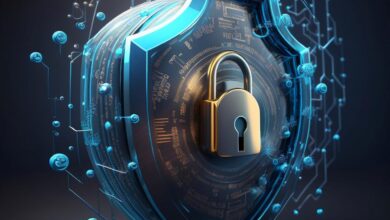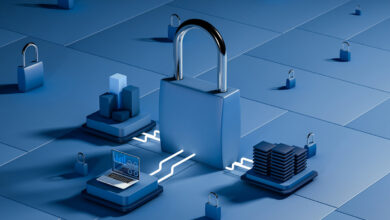Protect Your Life: Essential Data Security Tips
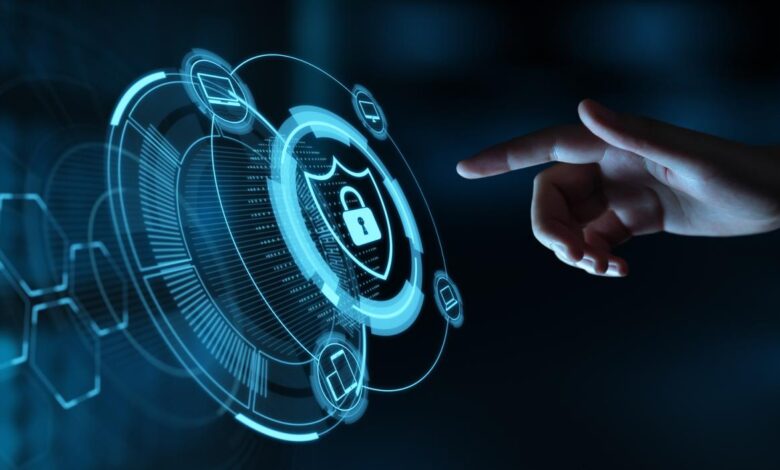
In the modern digital landscape, our personal data—everything from bank account details and medical records to private photos and career histories—has become the single most valuable commodity, transforming every internet user into a potential target for hackers and malicious actors.
The sheer volume of sensitive information we generate and share across countless online platforms, often without a second thought, means that robust personal data security is no longer optional, but an absolute necessity for protecting our financial stability, identity, and peace of mind.
Cybercriminals are constantly evolving their methods, utilizing sophisticated techniques like highly personalized phishing and credential stuffing, which preys on common weaknesses like password reuse and human error.
Simply relying on the security measures provided by large tech companies is insufficient; true digital safety requires every individual to adopt a proactive, multi-layered approach to protecting their own information, building a personal ‘digital fortress’ against the constant barrage of online threats.
Mastering a few essential best practices—from creating impervious passwords to recognizing psychological manipulation attempts—is the vital difference between remaining secure and becoming the next victim of identity theft or financial fraud.
This comprehensive guide is designed to empower you with the practical, easy-to-implement strategies needed to navigate the dangerous digital waters and maintain complete control over your private life in this interconnected world.
The Foundation of Security: Account Access Control
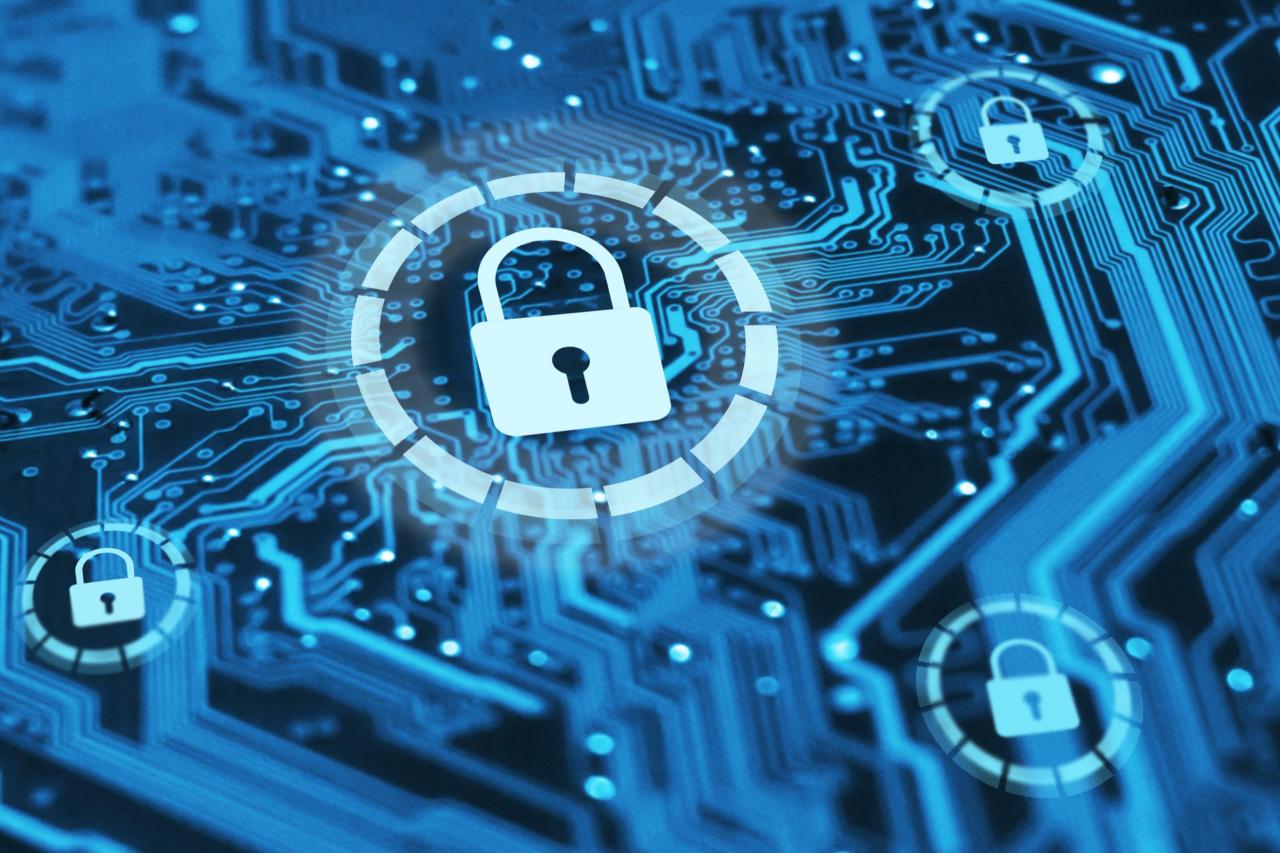
The gateway to your entire digital life is your login credentials, making strong passwords and authentication the most critical defense line you possess. If a hacker gains access to your primary email or banking account, they can effectively take over your entire online identity.
1. Creating Truly Strong Passwords
The era of simple, memorable passwords is over; modern hacking tools can crack weak passwords in mere minutes. Your passwords must be both long and unpredictable.
A. Length Over Complexity
- Aim for passwords that are at least 16 characters long, as length is the single greatest deterrent against brute-force hacking attempts.
- Consider using a passphrase, which is a series of unrelated, random words (e.g., HorsePurpleHatRunBay!) that is easy for you to remember but nearly impossible for a machine to guess.
- Mix uppercase and lowercase letters, numbers, and special characters to add layers of randomness.
B. The Golden Rule of Uniqueness
- Never reuse a password across different online services or accounts, especially not for your email, bank, or primary social media profile.
- If a single online service you use suffers a data breach, the hacker will immediately try those stolen credentials on hundreds of other common websites in an attack called credential stuffing.
- Using a unique password for every site ensures that if one account is compromised, all your other, more sensitive accounts remain safe.
C. Utilizing a Password Manager
- Stop trying to remember dozens of complex, random passwords in your head or, worse, writing them on sticky notes.
- A password manager is a secure application that generates and stores unique, complex passwords for all your accounts in an encrypted vault.
- You only need to remember one very strong master password to unlock the vault, simplifying high-level security dramatically.
2. Multi-Factor Authentication (MFA)
MFA, or two-factor authentication (2FA), is the single most effective security measure you can deploy, stopping up to 99.9% of all unauthorized access attempts.
A. How MFA Works
- MFA requires a second piece of proof, in addition to your password, to verify your identity when you log into an account.
- This second factor is typically something you have (like your phone) or something you are (like your fingerprint or face).
- Even if a hacker successfully steals your password, they are still blocked because they don’t possess your second verification device.
B. Prioritizing MFA Implementation
- Enable MFA on every service that supports it, particularly your primary email, banking apps, cloud storage (Google Drive, Dropbox), and social media accounts.
- The most secure forms of MFA use dedicated authenticator apps (like Google Authenticator or Authy) or physical security keys.
- Avoid using SMS (text message) codes if possible, as these can sometimes be intercepted by hackers in a method called “SIM swapping.”
Defensive Strategies Against Social Engineering
The most common way for hackers to breach security is not through sophisticated code-breaking, but through social engineering, which uses psychological tricks to manipulate you into giving them access.
1. Recognizing Phishing Attacks
Phishing is the fraudulent attempt to obtain sensitive information by disguising oneself as a trustworthy entity in an electronic communication, usually email.
A. Check the Sender’s Details
- Scrutinize the Email Address: Don’t just look at the sender’s name; hover over or tap the sender’s email address and look for subtle misspellings (e.g., Amaz0n.com instead of Amazon.com).
- Unusual Language or Grammar: If the email contains poor grammar, strange formatting, or a weirdly professional yet urgent tone, it’s a major red flag.
- Look for Unjustified Urgency: Hackers often try to create a sense of panic (e.g., “Your account has been locked! Click here immediately!”) to rush you into making a mistake without thinking.
B. Scrutinize Links and Attachments
A. Hover Over Links: Before clicking any link, hover your mouse cursor over it (or tap and hold on mobile) to reveal the actual destination URL; if the address doesn’t match the sender, don’t click it.
B. Never Open Unexpected Attachments: Avoid downloading or opening attachments (especially zip files or unusual documents) from unsolicited emails, as this is the primary way ransomware and malware are delivered.
C. Avoid Shortened URLs: Be wary of shortened links (like bit.ly or t.co) as they hide the true destination; always try to find the full URL to verify its safety.
2. Verifying Unexpected Requests (Pretexting)
Pretexting involves the hacker inventing a believable false scenario to gain your trust and extract specific information.
A. Independently Verify the Request
A. If you receive an unexpected call or email from a “bank,” “utility company,” or “tech support” asking for sensitive information, do not provide it.
B. Initiate Contact Yourself: Hang up the phone or close the email, then call the company back using the official, publicly listed phone number on their website or your account statement.
C. Legitimate Organizations Do Not Ask: Remember that legitimate financial institutions and government agencies will never call, email, or text you unsolicitedly to ask for your full password, PIN, or Social Security number.
B. Be Wary of Authority and Familiarity
A. Question Authority: Be skeptical of requests that demand immediate action based on a high-ranking or authoritative persona (e.g., “The CEO needs this wire transfer immediately!”).
B. Verify Internal Requests: If a colleague emails you an urgent, out-of-the-ordinary request (like a huge wire transfer), call them back on a known, trusted number to verbally verify the request before taking action.
Protecting Your Files: Encryption and Backup
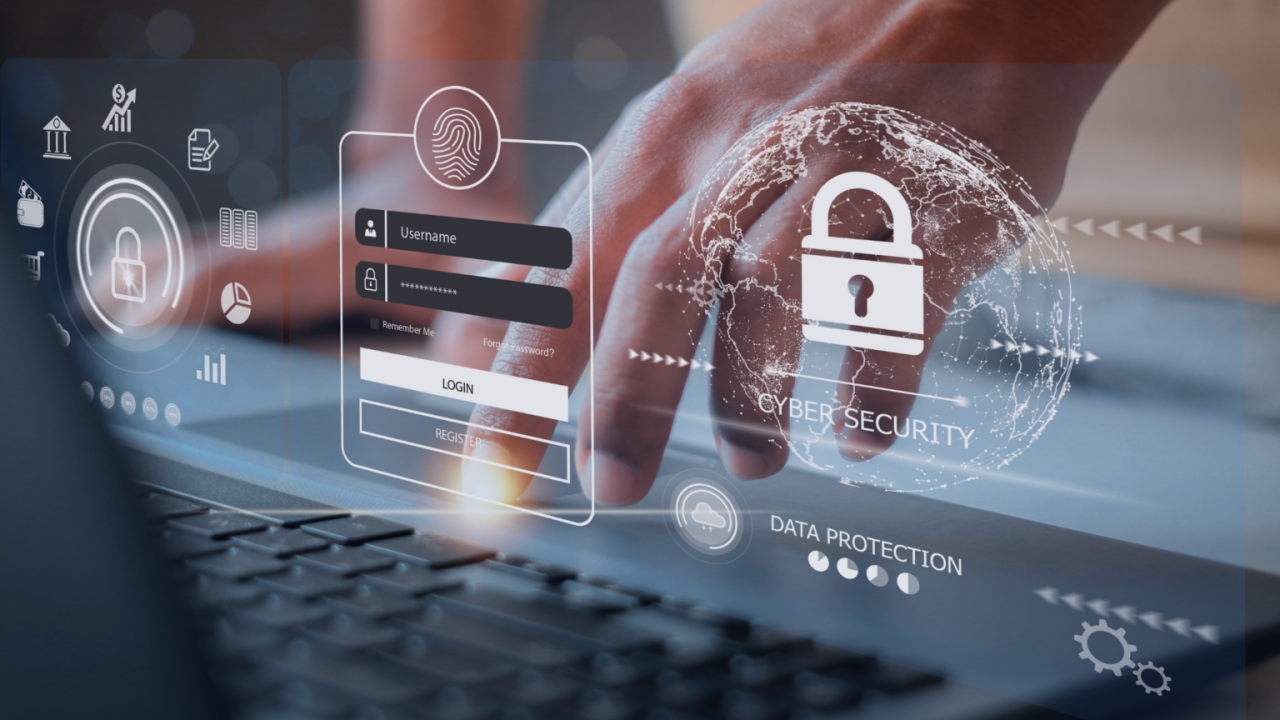
Your data isn’t just threatened by hackers; it’s also vulnerable to hardware failure, accidental deletion, and devastating malware like ransomware. These two practices protect your information’s confidentiality and availability.
1. The Necessity of Encryption
Encryption transforms your readable data (plaintext) into an unreadable, scrambled format (ciphertext) that can only be unlocked with a unique decryption key.
A. Protection for Stored Data
- Encrypt Your Devices: Enable full disk encryption (like BitLocker for Windows or FileVault for macOS) on your laptop and desktop computers.
- Secure Lost Devices: Encryption ensures that if your device is lost or stolen, a thief cannot simply bypass your login screen and access your sensitive files, photos, or documents.
- Encrypt External Media: Use software to encrypt data stored on external hard drives or USB flash drives before storing confidential information there.
B. Encryption in Motion
A. Use HTTPS: Always ensure the websites you visit, especially those where you log in or make payments, display a closed padlock icon and begin with HTTPS (Hypertext Transfer Protocol Secure).
B. Avoid Public Wi-Fi: When connecting to public Wi-Fi (in a cafe or airport), assume the network is insecure and avoid accessing sensitive accounts like banking or email.
C. Use a VPN: A Virtual Private Network (VPN) encrypts your internet traffic, tunneling it through a secure server, making it virtually impossible for eavesdroppers on a public network to see what you’re doing.
2. The Lifesaving Role of Data Backup
A solid backup strategy is your ultimate insurance policy against data loss from ransomware, hard drive failure, or natural disaster.
A. The 3-2-1 Rule
- Keep at least three copies of your most important data (the original, plus two backups).
- Store these copies on at least two different types of media (e.g., an internal drive and an external drive).
- Keep at least one copy stored offsite (e.g., in a secure cloud service or a physically separate location).
B. Protection Against Ransomware
A. Keep Backups Disconnected: Once a backup is complete, physically disconnect the external drive from your computer or network.
B. If ransomware encrypts your main computer, it cannot spread to an offline, disconnected backup, ensuring you can restore your files without paying the ransom.
C. Encrypt Your Backups: Add an extra layer of protection by encrypting your backup files before storing them in the cloud or on external media.
Managing Your Digital Footprint and Privacy
Effective data security also requires being mindful of how much information you share and how you allow companies to use it.
1. Data Minimization and Privacy Settings
The less data you have available online, the less a hacker can steal.
A. Data Minimization: Only provide personal information (name, email, phone number) when it is absolutely necessary to use a service.
B. Review Privacy Policies: Take the time to understand what data a company is collecting about you and how it is being used or shared.
C. Audit App Permissions: Regularly review and revoke unnecessary permissions (like location access, microphone access, or photo access) granted to apps on your smartphone.
D. Adjust Social Media Privacy: Set all social media profiles to the highest privacy settings, limiting what non-friends or the general public can view about your life, location, and family.
2. General System Hygiene
A. Keep Software Updated: Enable automatic updates for your operating system (Windows, macOS, iOS, Android) and all applications to ensure you receive the latest security patches.
B. Install Antivirus Software: Use reputable antivirus and anti-malware software that runs constant, real-time scans on your device.
C. Review Account Activity: Periodically check the “Security” or “Login History” section of your most important accounts (email, bank) for any unusual activity or logins from unfamiliar locations.
Conclusion
Protecting your personal data is a continuous, active responsibility in the digital age.
Strong, unique passwords combined with Multi-Factor Authentication are your most formidable defense.
You must remain highly skeptical of all unsolicited digital communications and urgent requests.
Social engineering exploits human trust, not technological weakness, making vigilance paramount.
Encryption ensures that your sensitive files are unreadable even if your devices are compromised.
The 3-2-1 backup strategy is the ultimate safeguard against data loss and financial extortion.
Adopting simple habits like reviewing app permissions significantly reduces your privacy risk exposure.
Digital security requires treating your personal information with the utmost care and professionalism.

